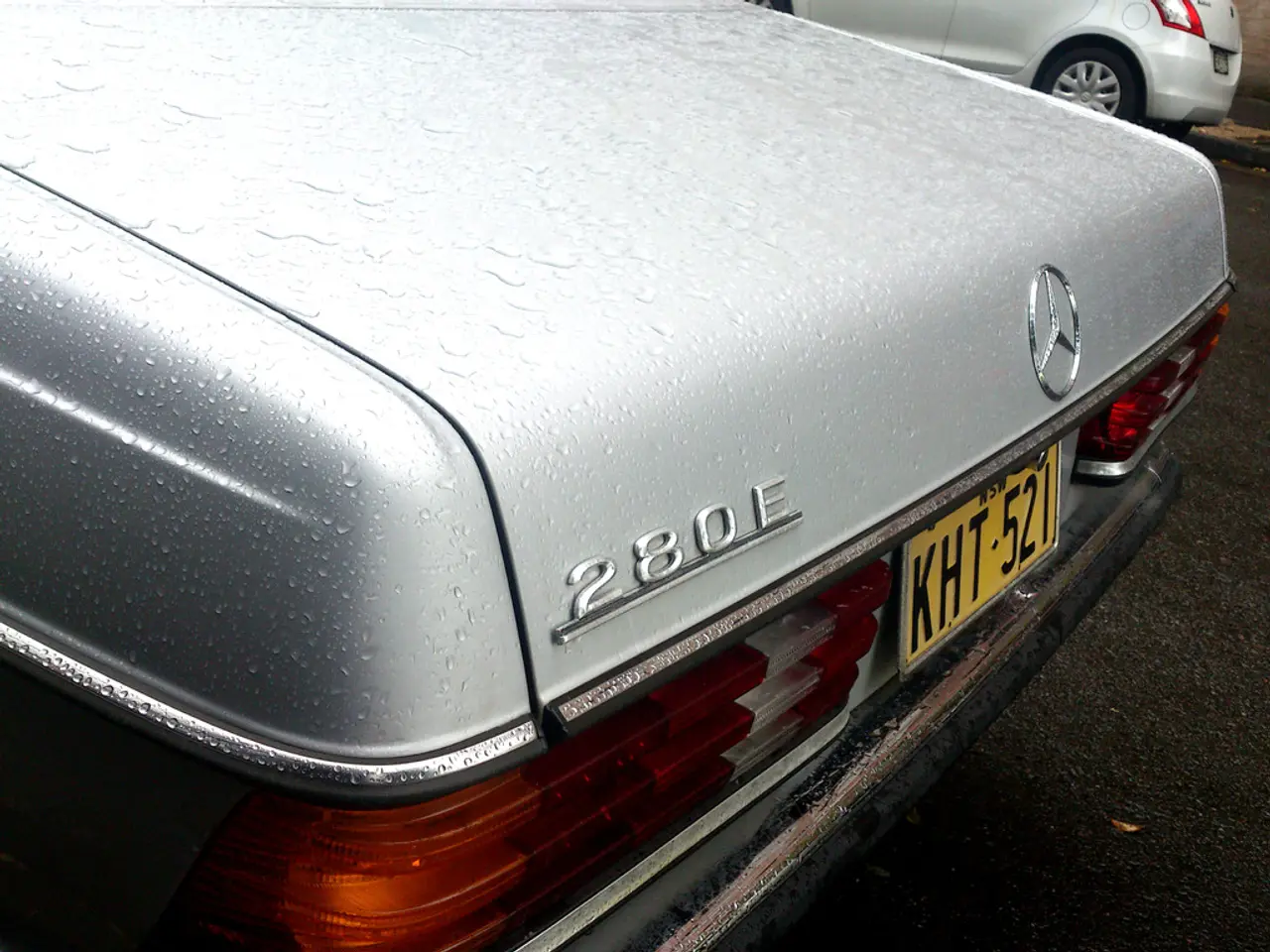EU tariffs proving inadequate; BYD & Co. regaining dominance in Europe
In a significant turn of events, Chinese manufacturers have regained lost ground in the European electric vehicle market, setting new sales records despite EU tariffs.
Leading the charge is BYD (WKN: A0M4W9), a key player in this comeback. The company's sales in Europe surged by over 300% year-on-year in the first half of 2025, with about 70,500 units sold during this period. This impressive performance has secured BYD a spot among the top 25 brands in Europe in June 2025.
BYD's success can be attributed to a strategic approach that includes competitive pricing, diversification of powertrains, expanding local manufacturing, and strong product demand. While tariffs have affected battery-electric vehicles (BEVs), BYD has strategically focused more on hybrids and internal combustion engine (ICE) models to reduce tariff impact. This strategy has led to a slight drop in BEV proportion but overall growth in total vehicle sales.
One of BYD's standout products is the SUV model Seal U, which entered the top ten of plug-in hybrid sales in Europe. The company's rock-bottom prices, even with tariffs, attract price-sensitive European consumers, contributing to the overall growth of the battery-electric vehicle market in Europe, which increased by 25% in the first half of 2025, comprising 17.4% of the total market.
BYD's local production footprint in Europe, notably its Hungary plant, plays a crucial role in supply chain resilience and cost efficiencies, helping keep prices low despite tariffs.
Other Chinese manufacturers, such as XPeng (WKN: A2QBX7), have also adapted their strategy for the European market, setting up local production facilities and adjusting their product portfolio. XPeng adopts a tactical pricing strategy for plug-in hybrids, while being more cautious with pricing for pure electric vehicles.
The comeback of Chinese manufacturers is a warning signal for European incumbents, as Chinese brands captured a 10.6% market share in pure electric vehicle registrations in Europe in June, nearly matching the record from June last year. Overall, Chinese manufacturers have captured a 5.4% total market share in June, including hybrid and all powertrains.
The EU's tariffs on Chinese electric cars have not been effective in preventing the flood of Chinese electric cars into the European market. Chinese manufacturers have managed to circumvent tariffs by setting up local production facilities in Europe.
In conclusion, the success of Chinese automakers like BYD in the European electric vehicle market is a testament to their strategic approach, which includes competitive pricing, diversification of powertrains, expanding local manufacturing, and strong product demand. This rapid growth is part of a broader strong expansion by Chinese carmakers in Europe’s increasingly electrified new car market.
- Despite the EU tariffs, Chinese manufacturers, such as BYD and XPeng, have thrived in the European electric vehicle market, leveraging a strategic approach that encompasses competitive pricing, powertrain diversification, local manufacturing expansion, and strong product demand.
- The finance and technology sectors have played instrumental roles in the success of Chinese automakers like BYD, with strategic investments in local production facilities and product development, enabling supply chain resilience and cost efficiencies while appeasing price-sensitive consumers in the European market, ultimately driving growth in the electric vehicle industry.




